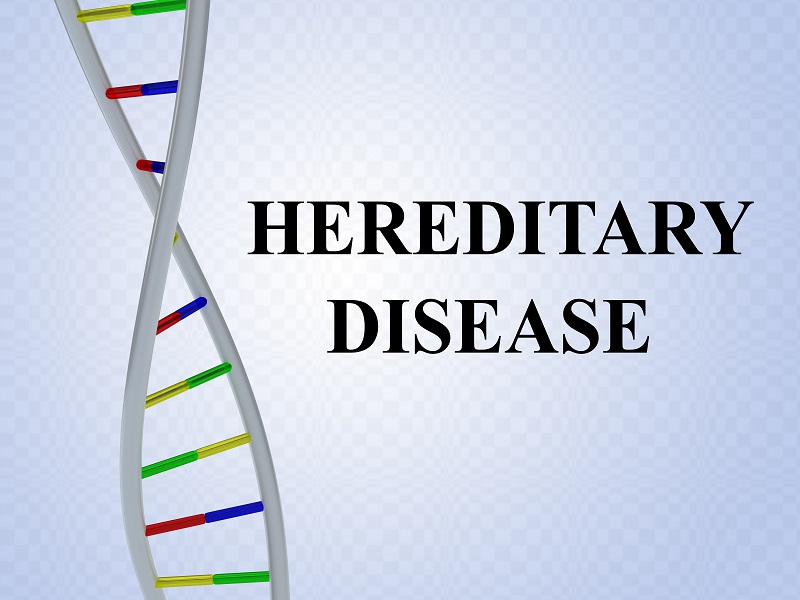
When you visit a doctor for the first time, they will most likely ask about your family history. That’s because many conditions can be hereditary. The same goes for your eyes. Some diseases can be passed down genetically. Knowing all of your risk factors will better equip your ophthalmologist when diagnosing problems or choosing treatments.
What Are Hereditary Eye Diseases?
A hereditary disease causes approximately 60% of blindness in infants. As many as 40% of patients diagnosed with ocular misalignment (strabismus) have family history of the disease. We currently know of over 350 hereditary eye conditions that affect people across the world. The list includes:
- Colorblindness
- Glaucoma
- Optic atrophy
- Retinitis pigmentosa
- Albinism
- Leber congenital amaurosis
Genetics can also play a role in common vision problems. Researchers have found that there is a connection between family history and refraction errors like nearsightedness and farsightedness.
What Do I Do If I Have Eye Disease in My Family History?
While we can’t necessarily fix a genetic problem, we can use that information to make better health choices.
The first thing you should do is learn about your family history. Find out if you have a genetic predisposition for any disease. You should cover everything because some conditions can have side effects that damage the eyes. Talk to your family members and let your primary care doctor and your ophthalmologist know what you find.
Next, you should learn as much as you can about the conditions and what causes them. Some lifestyle choices could increase risk. Things like smoking, excessive drinking, and obesity could make you more likely to develop the condition. Manage the factors you can change to keep your overall risk at a minimum.
Schedule regular ophthalmologist appointments. An eye care professional can monitor your health and watch for early signs of disease. Contact Grosinger, Spigelman & Grey Bloomfield Hills offices to schedule your visit.
